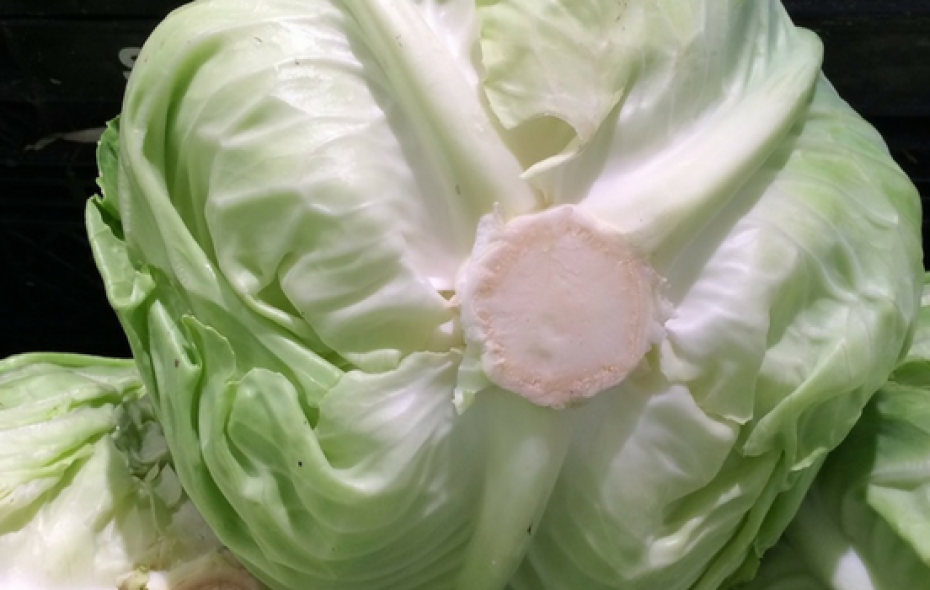
CRISPR-Cas9 is a precise and targeted technique for genome editing that allows even a single nucleotide change. In the agri-tech world, it has the potential to create plants that are hardier, tastier, healthier, or simply prettier. But in the EU at least, genetically modified plants cannot be grown on a commercial scale and even for research purposes must be closely contained. But in September 2016 for the first time in the EU a home grown, home cooked yet CRISPR improved plant has been served.
Prof. Stefan Jansson uses CRISPR to improve traits in the plant. However, he recently pushed the regulatory framework and received permission from the Swedish Board of Agriculture to grow CRISPR edited cabbage seedlings. This is notable as the EU has yet to determine how to treat a CRSIPR modification that only removes a naturally occurring gene; that is, does not introduce new genetic material. By some arguments, such a plant is not a genetically modified organism. His seedlings only had genes removed and the Swedish decision was to categorise such plants as non-GMO. Thus he was able to grow them in his garden.
The debate around what constitutes a GMO will continue whilst the EU regulatory framework remains unclear but in the US there are signs of a similarly pragmatic approach. The US Department of Agriculture recently decided a CRISPR engineered white button mushroom, which had the gene that causes browning deleted, was outside its regulatory role. The US decision was that such a change is outside its remit for regulatory control as the change does not introduce foreign DNA. This contrasts with the lengthy approval process and controls in growing GM salmon. Whilst not yet a pan-EU decision it may be this points to a potential regulatory compromise.